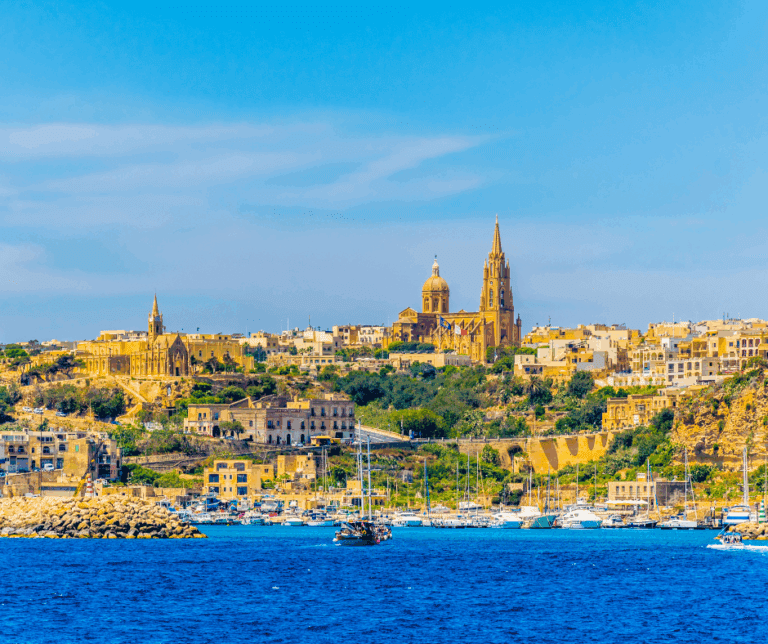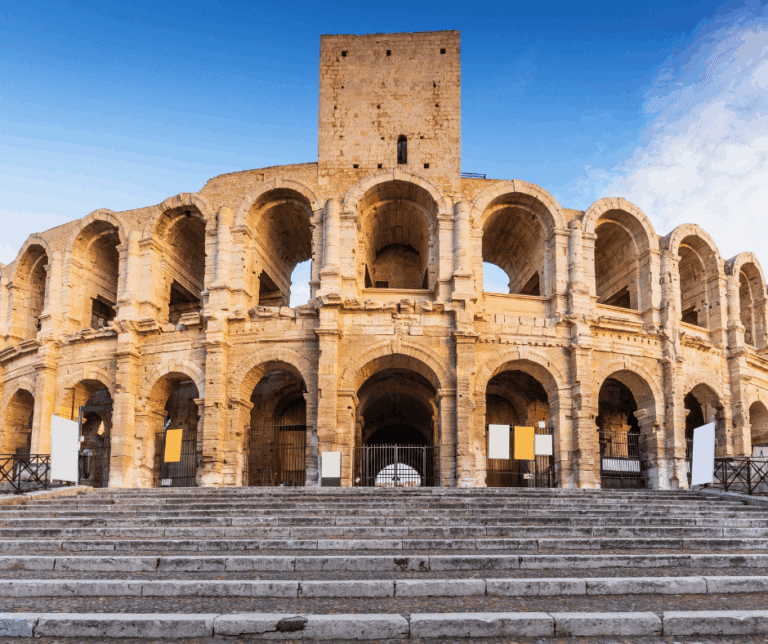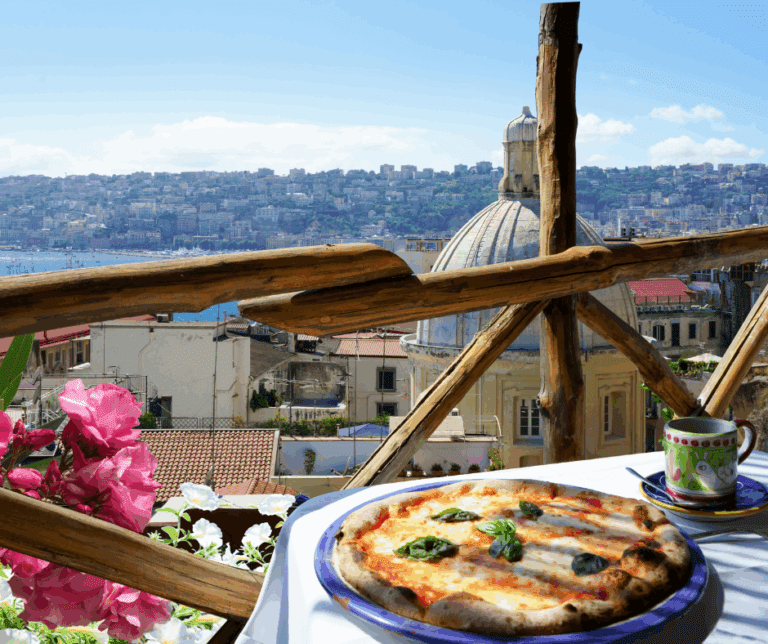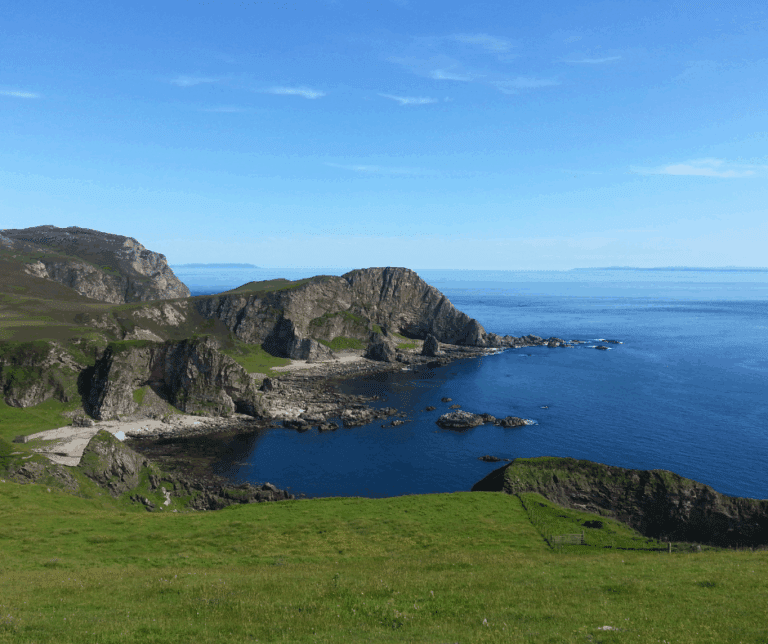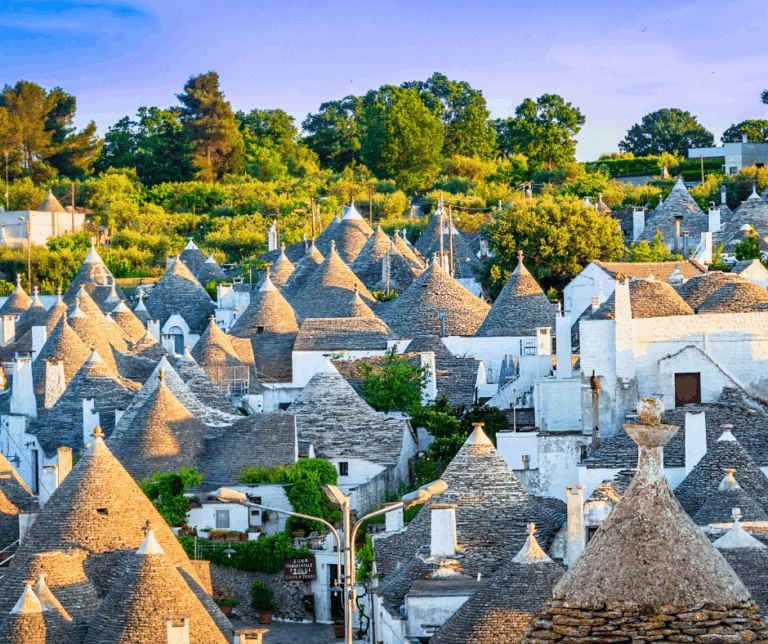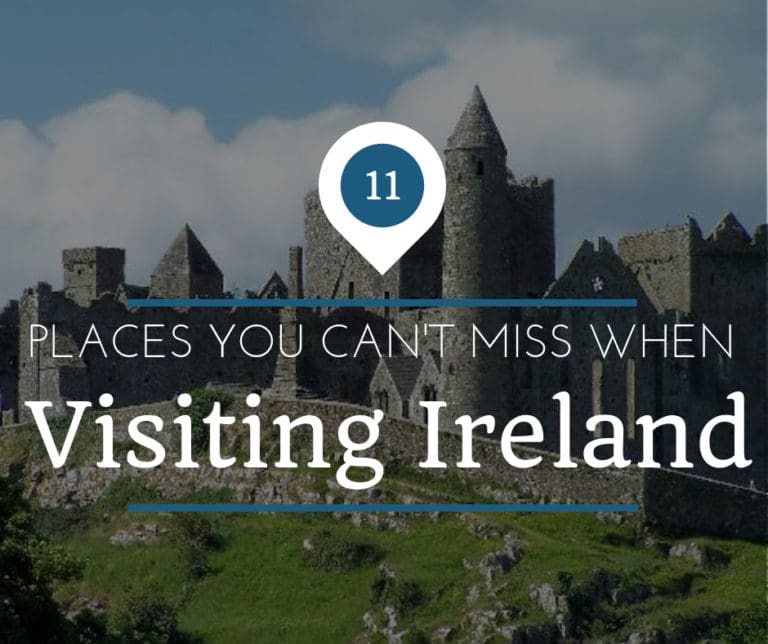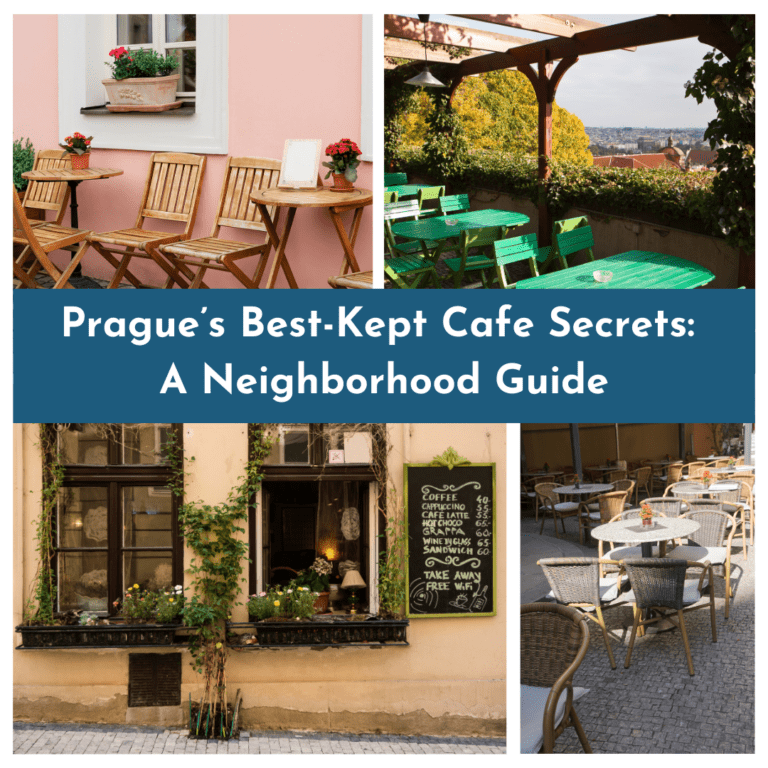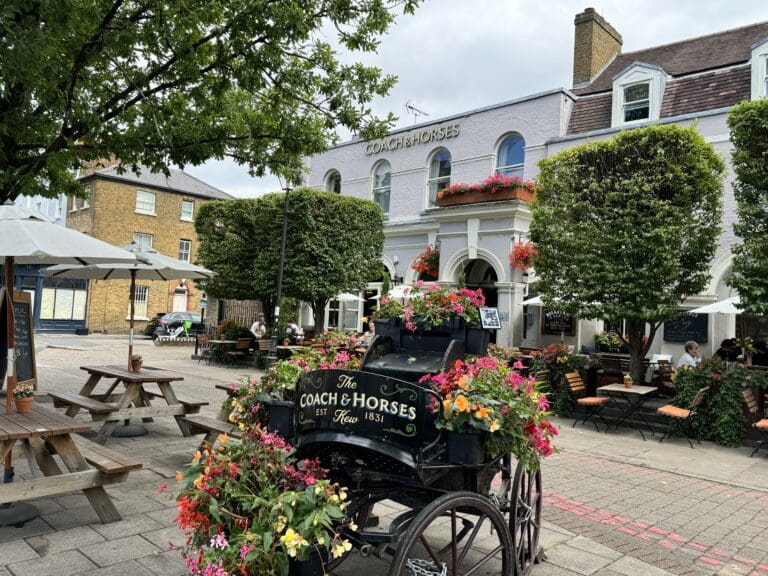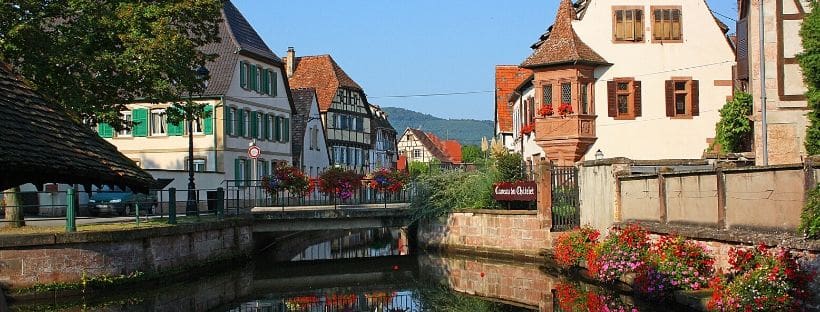
France is one of those amazing destinations that captures the imagination and ensnares the senses. Stretching back into antiquity, the region that makes up modern France holds a rich cultural makeup and stunning landscapes.
As there are so many amazing places to explore, we have compiled a list of the absolute best places to visit in France!
 1. Paris
1. Paris
A city for romantics, art enthusiasts, and lovers of street life, Paris holds fascination and beauty around every corner. It is brimming with historic associations and remaining vastly influential in the realms of culture, art, fashion, food and design.
You will likely fly into Paris on your trip to France, so a couple days in the capitol is always recommended to kick-start your trip!
Read More: How to Conquer Paris in Two Days
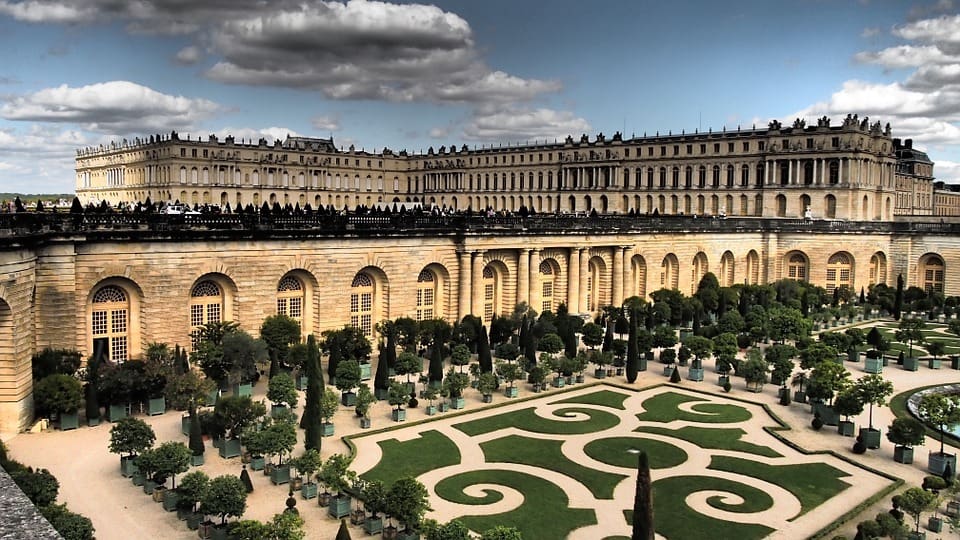 2. Versailles
2. Versailles
The Palace of Versailles is the central part of a complex that housed the French government and royalty during the reigns of Louis XIV, Louis XV and Louis XVI.
After the French Revolution in 1789, it ceased to be a permanent royal residence.
Tip: To save a ton of time (and avoid the large crowds), purchase tickets in advance and plan to arrive at 9am when the chateau opens. Visit the main palace first followed by the gardens. The busiest days are Tuesdays and on weekends so it is best to avoid these times.
The Guidester Difference: If you are looking for something just as grand and magnificent but more off-the-beaten-path, your personal travel guide by Guidester would recommend visiting Château de Vaux le Vicomte for a most unforgettable experience.
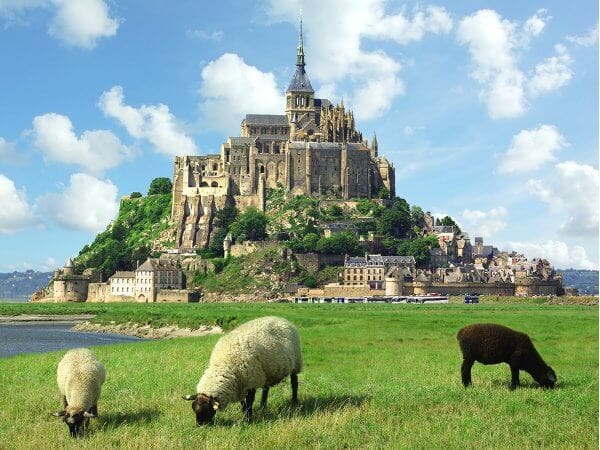 3. Mont Saint Michel
3. Mont Saint Michel
This easily makes the list of the best places to visit in France. Perched on a rocky islet in the midst of vast sandbanks, Mont Saint Michel houses a Gothic-style Benedictine abbey, dedicated to the archangel St Michael, and the village that grew up in the shadow of its great walls.
Built between the 11th and 16th centuries, the Abbey is a technical and artistic masterpiece and testament to human ingenuity. After going through the King’s Gate fortified with its portcullis, you will find the Grande Rue, or main street, with its museums, shops and houses dating from the 15th and 16th centuries.
Tip: Do not try to venture out on the sand without a tour. If you want to make your way off the main track look for a guided tour that can take you out there safely.
 4. Normandy Beach
4. Normandy Beach
On June 6, 1944 Operation Overlord, now known as D-Day, the long-awaited invasion of Northwest Europe began with Allied landings on the coast of Normandy. This was the largest flotilla the world had ever seen, and it has never been surpassed.
You may not think of Normandy Beach as one of the top places to visit in France, but it is a spectacular place. Today, there are many memorials at the beaches and along the Normandy coastline. German bunkers, gun batteries, and other evidence of the intense fighting that took place still litter the landscape.
Go for a walk along these historic beaches and immerse yourself in imagining the incredible events that took place here on D-Day. For any visitor to Normandy the American Cemetery is a must see.
 5. Lyon
5. Lyon
Located at the crossroads between north and south and on both the Saône and Rhône rivers, Lyon was the ideal choice as the Roman capital of Gaul. Lyon remains a prosperous center with an important cultural heritage, a lively arts scene and a wealth of museums.
Even more, Lyon is the undisputed gastronomic capital of France. Legendary chef Paul B is based here and has many local rivals. So if you’re traveling to France for the food (and let’s be honest…aren’t we all?), Lyon should make your list of places to visit in France.
Tip: In addition to the great shrines of haute cuisine, you should seek out the little bars and cafés and the old-fashioned bistros that the Lyonnais call bouchons (after the bunches of straw they used as bottle-stoppers and which served as signs for their restaurants).
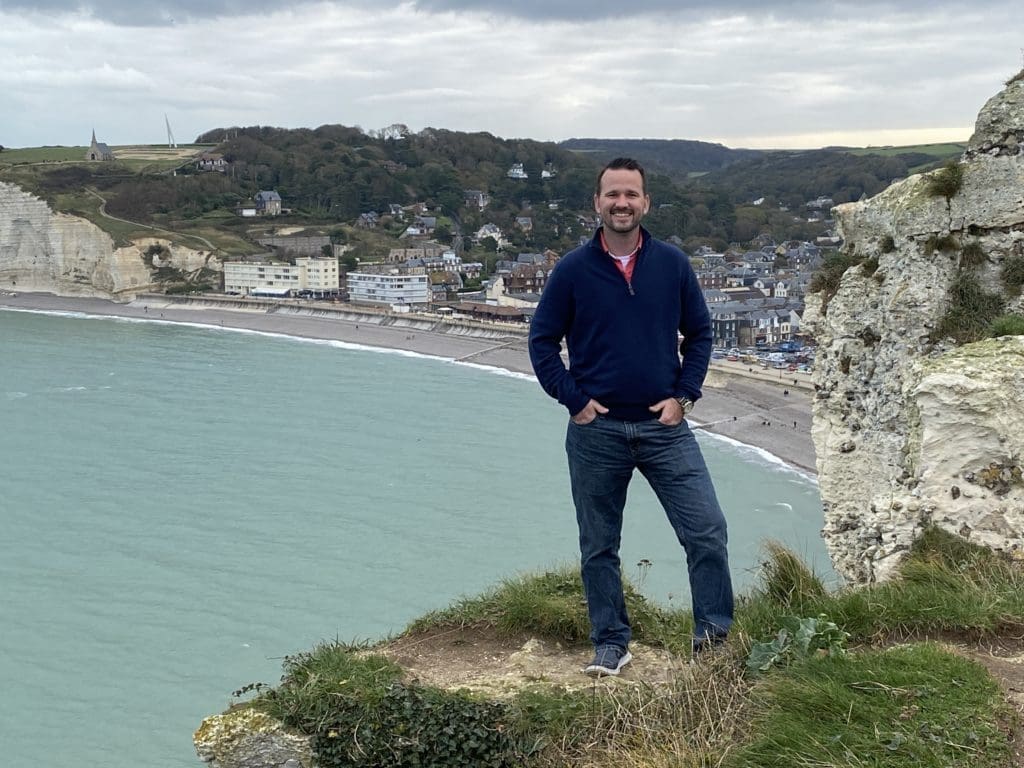
Planning a Trip to France?
We can help create your perfect itinerary!
- Worried you'll miss the hidden gems?
- How long should you stay in each place?
- Should you rent a car, train it, or both?
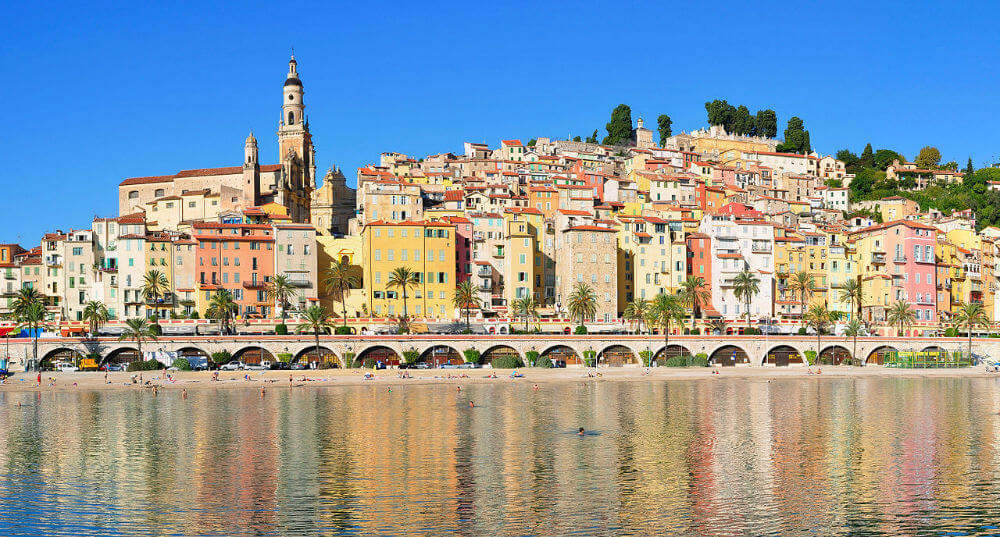 6. The French Riviera
6. The French Riviera
The French Riviera, or Côte d’Azur, is the Mediterranean coast of southeastern France. It includes famously glamorous beach resorts such as Saint-Tropez and Cannes and the independent microstate of Monaco.
A health retreat in the 18th century, the area later attracted aristocrats, artists, and the 1960s “jet set.” Today it’s an established holiday destination with paths connecting many coastal villages and towns.
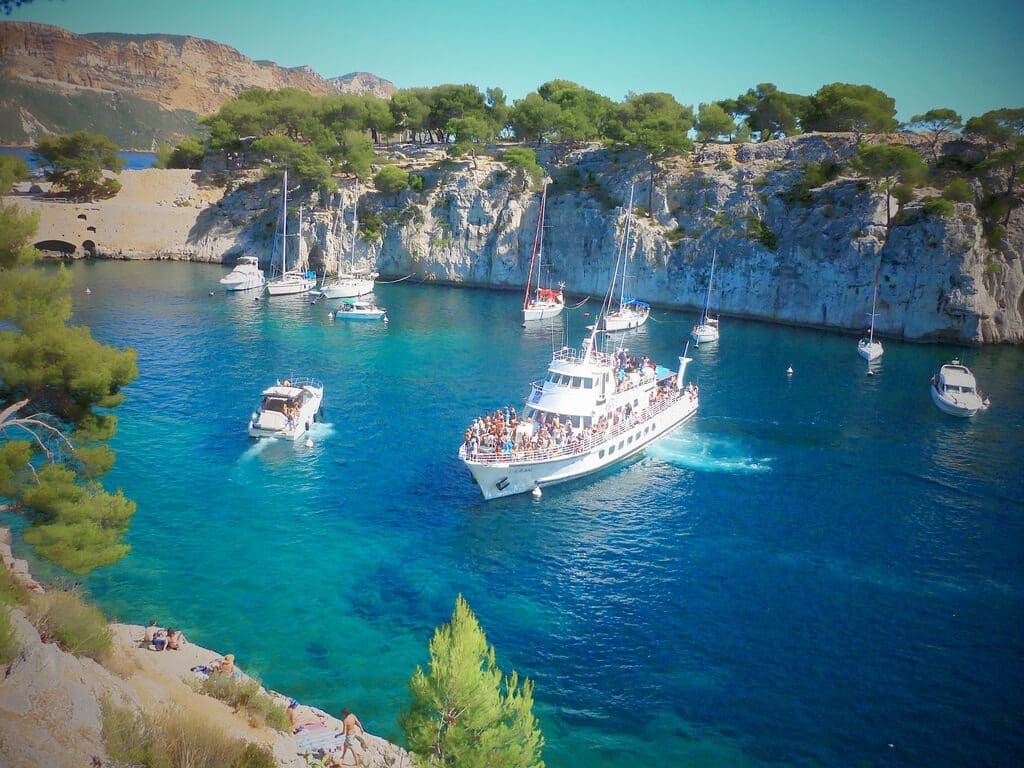 7. Cassis
7. Cassis
Cassis is a Mediterranean fishing port in southern France. Overlooked by a centuries-old château, it’s known for pebbly beaches and its calanques – narrow inlets framed by steep, limestone cliffs.
The harbor features pastel-colored buildings, sidewalk cafes and restaurants. Local vineyards are known for producing Cassis white wine. Great walking trails run along the huge, rocky Cap Canaille headland where you can get panoramic sea views.
Tip: Consider dining seaside for the ultimate French Riviera experience.
Did you know? Bouillabaisse is a traditional Provençal fish stew originating from the port city of Marseille. But take it from us, this is better tasted in Cassis.
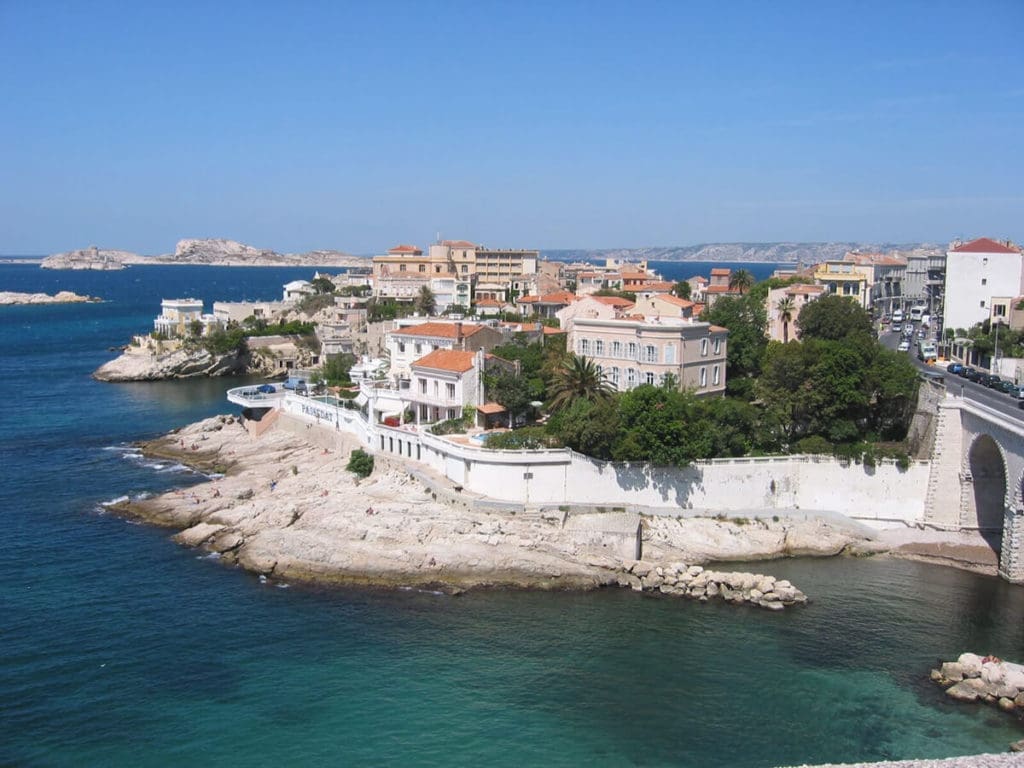
8. Marseille
Known to the ancient Greeks and Romans as Massalia, Marseille was the most important trading center in the region and the main commercial port of the French Empire. France’s second-biggest city is rich with over 1500 years of history.
Marseille is a dynamic, edgy, bustling city very different than that of its Provençal coastline neighbors. The heart of the city is the vibrant Old Port, full of yachts and pleasure boats.
Also worth exploring are the République quarter, with its stylish boutiques and Haussmannian buildings, and the Joliette area, centered on Marseille’s famous striped Cathédrale de la Major.
Tip: Don’t miss taking a ferry out the Château d’If to visit the infamous prison. A neat bit of history and excellent views of Marseille and the coastline.
 9. Aix-en-Provence
9. Aix-en-Provence
Aix-en-Provence (pronounced ‘X’) is a small, classically Provençal town consisting of narrow streets, boulevards lined with beautiful buildings from 17th and 18th century, and paved plazas boasting gleaming fountains.
It is a quiet, clean, and comfortable city. In fact, it is one of the wealthiest in all of France. The city center is mostly pedestrian and, though it is quite small (you can cross the city center in 15 min by foot), offers long hours of nice walks. The old town of Aix is packed with shops, markets, museums, religious and architectural sites and historical sites.
Did you know? Aix is most famous for its fountains. The largest and most famous is on the Cours Mirabeau, the main avenue through town, as well as a moss-covered fountain fed by a local hot spring.
Read More: A Day in Aix-en-Provence
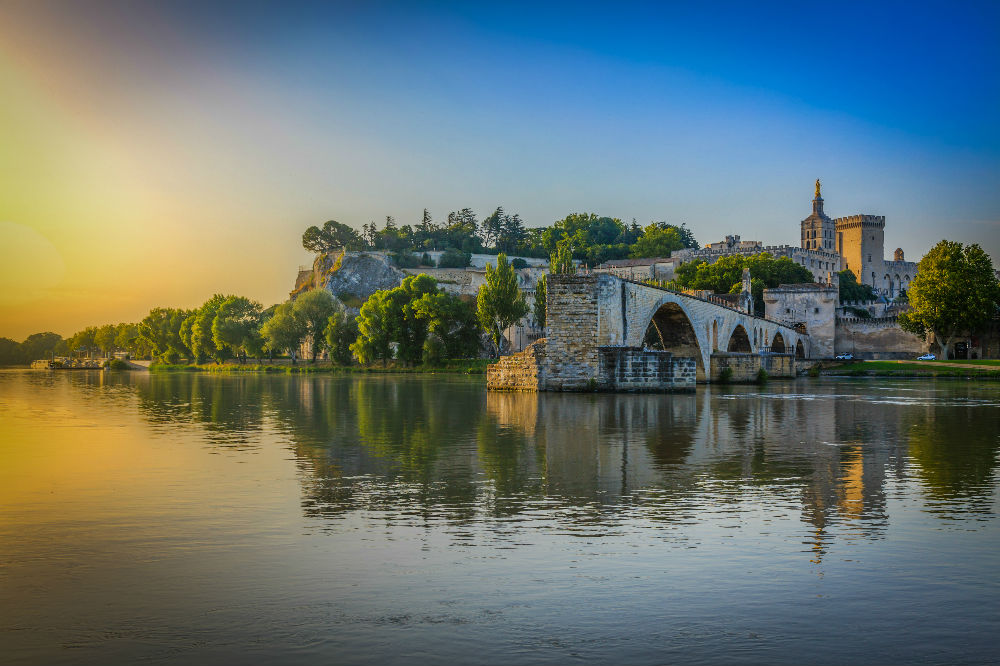 10. Avignon
10. Avignon
Capital of the Christendom in the Middle Ages, Avignon is the city to which the Popes fled when leaving the corruption of Rome in the 14th century.
A UNESCO World Heritage Site, the Palais de Papes (Pope’s Palace) was the residence of seven Popes from 1309 to 1377 and is a testimony to the wealth and power of Christendom during the Middle Ages.
Besides a historic wonder, Avignon is known as a center of art and culture. The city hosts a wide variety of festivals and events throughout the year – from the popular International Jazz Festival and the Epicurean Festival in summer to a traditional Christmas market in December.
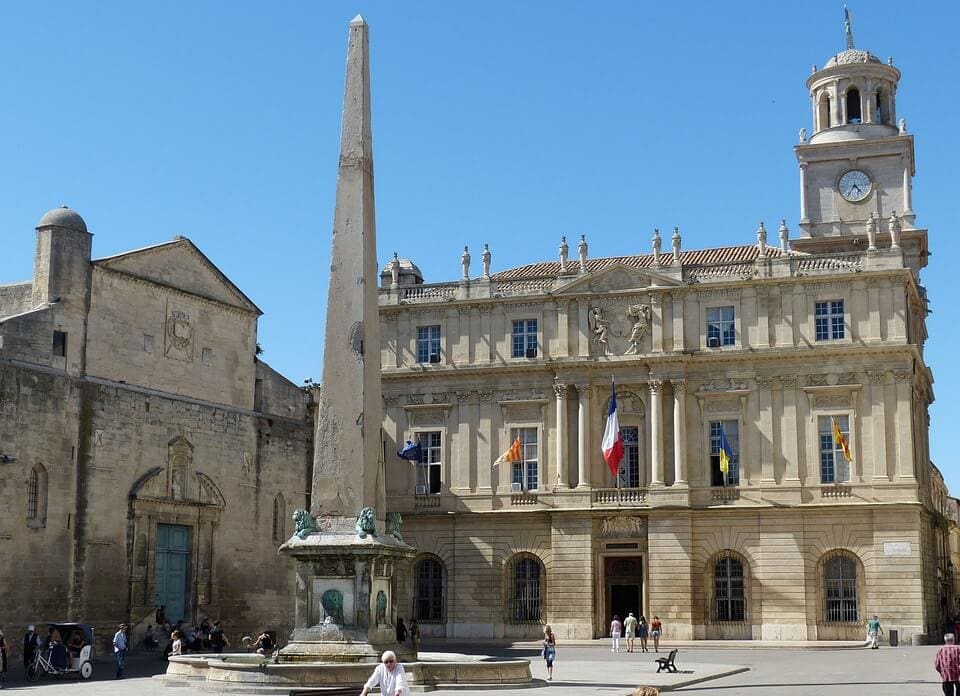 11. Arles
11. Arles
Arles is an excellent little city located in Southern France, with beautiful 18th and 19th century Mansion houses and old Roman buildings. The city is bisected by the wide River Rhone, with one major bridge across (Pont de Triquetaille).
Did you know? Arles was made famous through its association with Van Gogh and there are plenty of Van Gogh’s famous scenes to see around the town.
In the height of summer, Arles is absolutely awash with visitors and all the pavement cafes and restaurants are full with people and create a lively atmosphere.
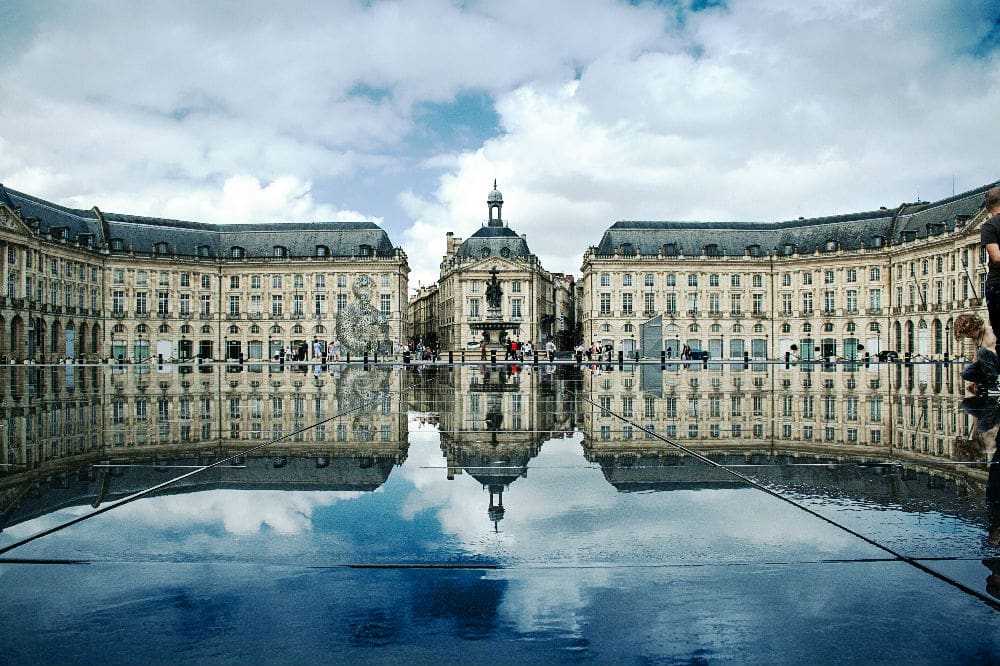 12. Bordeaux
12. Bordeaux
Blessed with a pleasant climate, amazing architecture on a human scale, many pedestrian streets and charming squares where cafe terraces seem to spring up like flowers, Bordeaux is renowned for its art de vivre – the art of enjoying the simple things in life.
Take a stroll through the markets, stop for brunch in a cheerful café, doze for a while in a park or enjoy an aperitif as you watch the sunset – followed by a delicious dinner washed down with a good Bordeaux.
In Bordeaux, everyone takes life at their own pace, vibrating to the energy of the city without being disturbed by it.
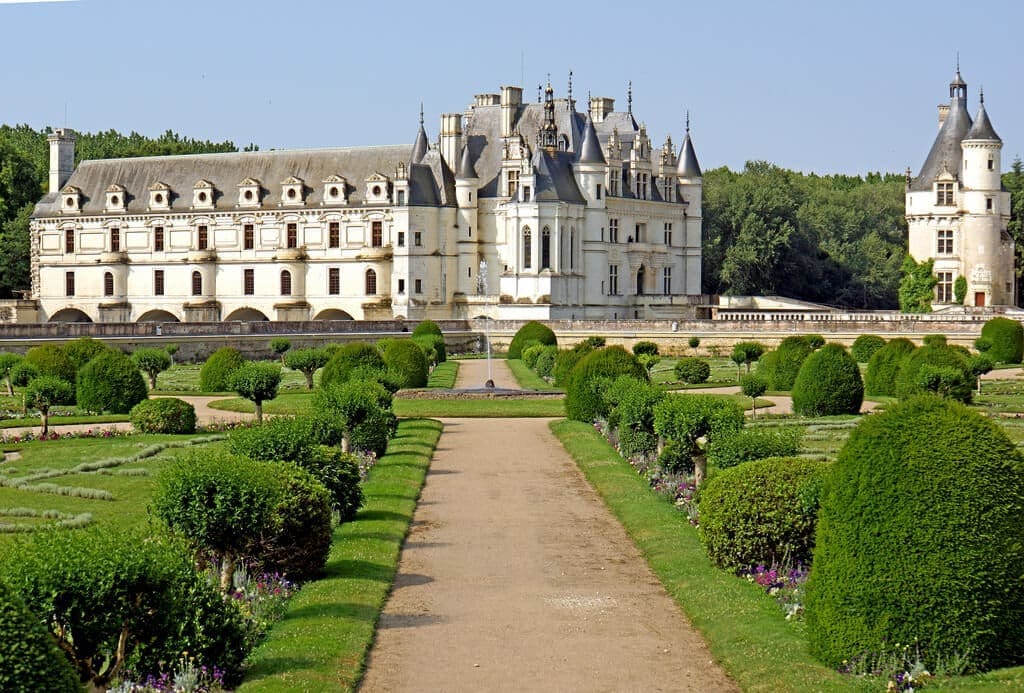 13. Loire Valley
13. Loire Valley
The Loire Valley is the biggest area in France ever to be included in UNESCO’s world heritage list, with numerous historic castles and towns to explore.
This historic region is probably best known as being the home to many important castles. Many of these date from the 15th to 17th centuries when the region was much loved by many of the French Kings and noblemen, who competed to build ever more elaborate and luxurious chateaux.
On foot, by bicycle, or on board a barge, enjoy the harmonious landscape, the local wines, and the renowned gastronomy of the legendary Loire Valley.
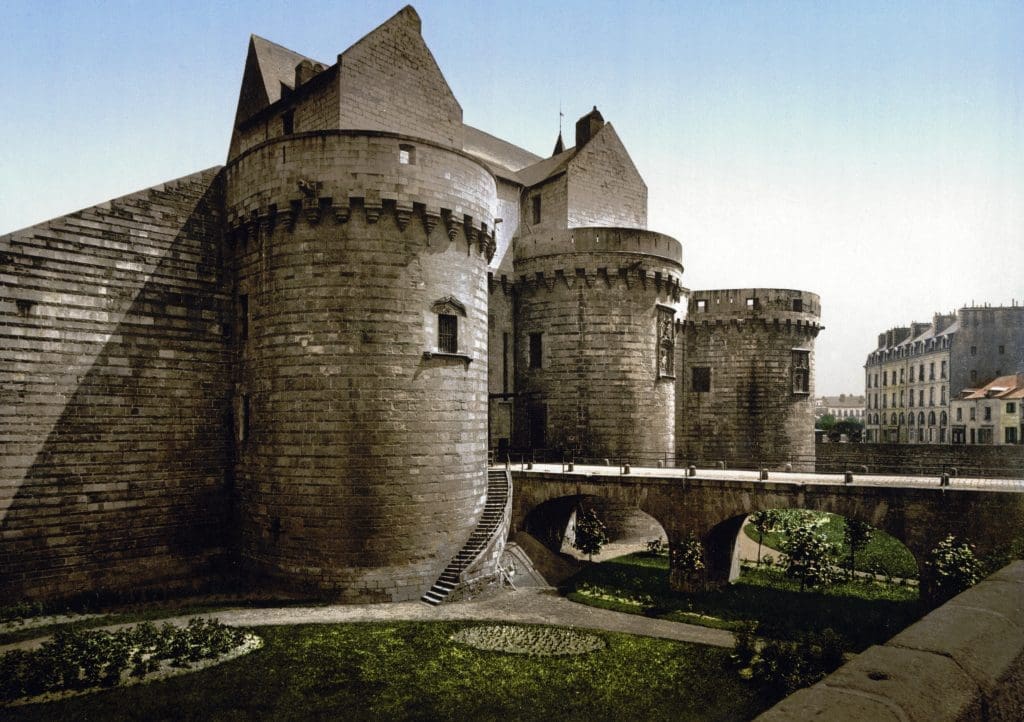 14. Nantes
14. Nantes
A lively and cultured city, Nantes is the 6th largest in France located at the farthest western edge of the Loire Valley. Nantes is a charming city (Time magazine have voted it ‘The most livable town in France’) and also a very interesting town to visit.
The heart of the town is the region around the castle, the Chateau des Ducs de Bretagne, with much to discover in the castle and in the streets that surround it.
As with many cities of this size, the pleasure is as much in simply wandering the streets, discovering lost corners, and people watching as it is in visiting the highlights.
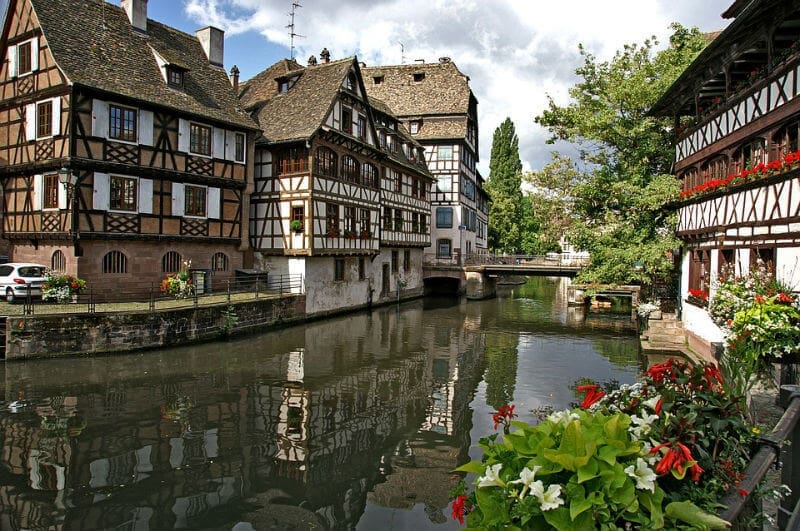 15. Strasbourg
15. Strasbourg
Strasbourg is a beautiful and dynamic city, serving as the official seat of the EU Parliament. It may surprise many with its lively side, making it a hotbed of culture including museums, theaters, operas, concert halls and festivals. Everything is so close at hand.
Whether you love fine restaurants, monuments or entertainment, there’s no doubt that you’ll soon fall in love with this captivating city. You can explore Strasbourg’s different districts on foot or by bicycle, each of which has its own distinct identity intimately related to its history and its occupants.
Encircled by the arms of the River Ill, the city center is home to the main sites and monuments, including the Cathedral, the Maison Kammerzell, Petite France or the Ponts Couverts.
The Ultimate Pre-Travel Checklist
Download ‘10 Crucial Things To Do Before Traveling Abroad’ to avoid mistakes and ensure a smooth trip; adapters and electronics, packing tips, foreign currency, phone plans, and more!


